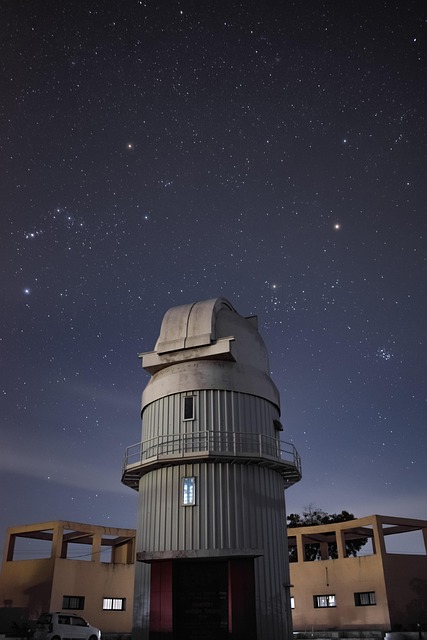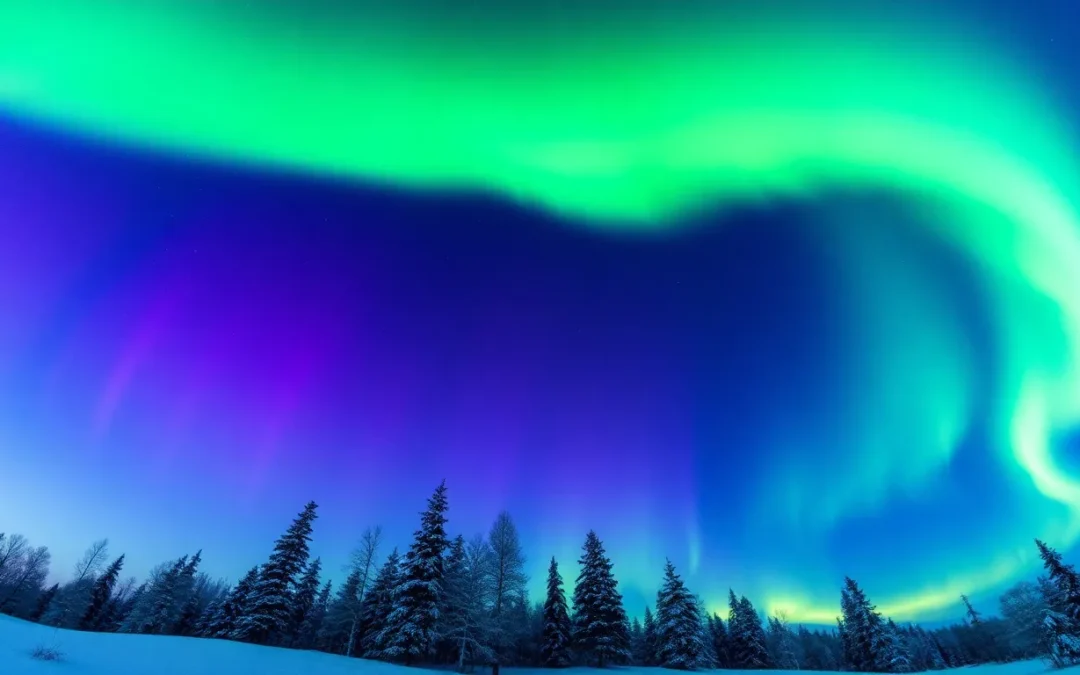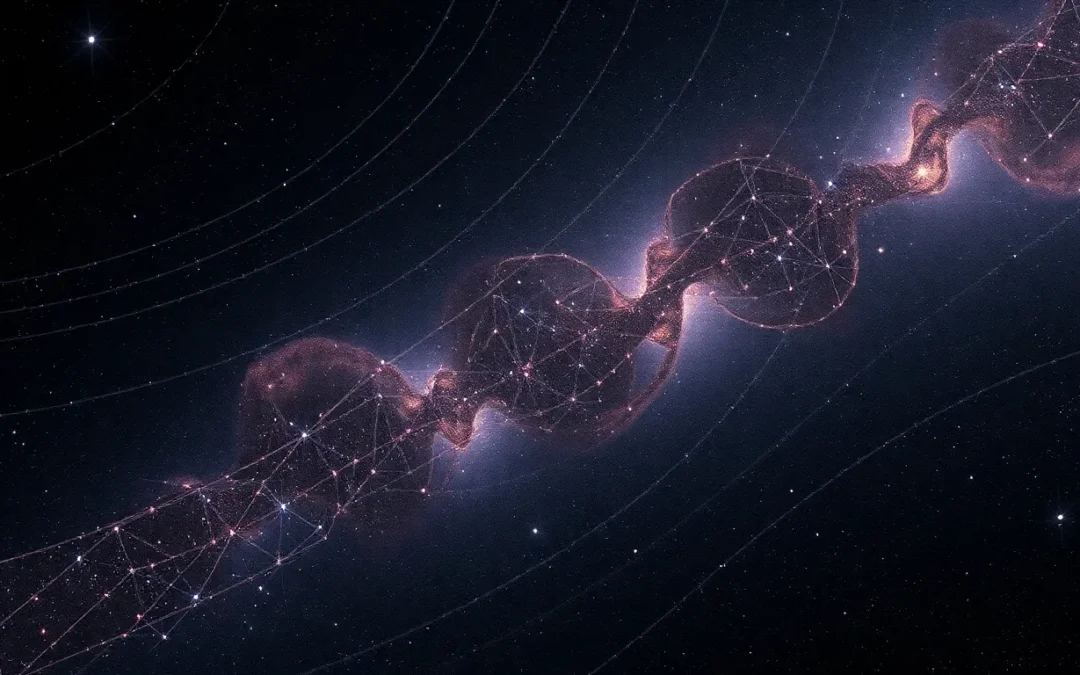Have you ever gazed at the night sky and felt a sense of awe? Amateur astrophotographers, like Ron Brecher, capture stunning celestial portraits, and his recent M106 galaxy image is a perfect example. This image, a product of dedication and skill, offers a glimpse into the dynamic processes shaping galaxies. The M106 galaxy image reveals a swirling panorama of stars, gas, and dust.
Table of Contents
Brecher’s remarkable achievement highlights the accessibility of astrophotography. The M106 galaxy image, meticulously crafted over hours of observation, is more than just a pretty picture; it’s a window into galactic evolution. The image showcases the power of modern technology and the dedication of amateur astronomers. The vibrant hues and intricate structures in the M106 galaxy image speak volumes.
We also Published
In the vast, inky canvas of the cosmos, amateur astrophotographers, like intrepid explorers of a celestial ocean, chart the unknown, bringing to light wonders previously veiled from the human eye. One such voyager, Ron Brecher, has recently unveiled a breathtaking portrait of the spiral galaxy M106, a celestial marvel residing a staggering 23.5 million light-years away. This image, a testament to patience, skill, and a deep appreciation for the universe’s grandeur, offers a glimpse into the dynamic processes that shape galaxies, from the swirling dance of stars to the ravenous appetite of supermassive black holes. This endeavor, which required painstaking hours of observation and meticulous processing, underscores the accessibility of astrophotography and the profound insights it can provide, even to those without access to professional observatories. The allure of capturing such distant and complex objects is a testament to the enduring human fascination with the cosmos, and the relentless pursuit of knowledge that drives us to explore the universe, one photon at a time.
Brecher’s remarkable achievement highlights the democratization of astronomical observation. With the advent of increasingly sophisticated and affordable equipment, the realm of astrophotography has become accessible to a wider audience. This allows individuals to not only witness the beauty of the cosmos but also to contribute to our understanding of it. The image of M106, meticulously crafted over 32 hours of observation, is more than just a pretty picture; it is a window into the active processes that govern galactic evolution. The vibrant hues, the intricate structures, and the subtle details captured within the image speak volumes about the power of modern technology and the dedication of amateur astronomers. This pursuit, fueled by passion and a thirst for discovery, showcases the potential for citizen science to enrich our understanding of the universe, fostering a deeper connection between humanity and the celestial wonders that surround us. It also highlights the importance of sharing these discoveries, inspiring future generations of astronomers and scientists.
Unveiling the Majestic M106: A Galactic Portrait of Beauty and Chaos
The image of M106, a spiral galaxy of breathtaking complexity, is a testament to the intricate dance of celestial bodies and the forces that shape them. Located in the constellation Canes Venatici, this galaxy, also known as NGC 4258, presents a swirling panorama of stars, gas, and dust, all orchestrated by the gravitational pull of a supermassive black hole at its heart. The red-hued galactic core, a region of intense star formation, is a vibrant testament to the ongoing processes of stellar birth and death, constantly reshaping the galaxy’s structure. The swirling arms, filled with young, energetic stars and glowing nebulae, are a visual symphony of cosmic activity. This image, a result of Brecher’s dedication, reveals the delicate balance between order and chaos that defines a galaxy, a cosmic ballet of gravity, radiation, and the relentless march of time. It also showcases the power of modern astrophotography to capture the subtle details and the grand scale of these distant objects.
M106’s classification as a Seyfert galaxy adds another layer of intrigue to its already captivating nature. Seyfert galaxies are characterized by their active galactic nuclei (AGN), regions of intense energy emission powered by supermassive black holes. In M106, this AGN is particularly active, with matter being drawn into the black hole at an astonishing rate, generating powerful jets of radiation and particles. These jets, along with the intense radiation from the accretion disk, significantly influence the galaxy’s evolution, heating and ionizing the surrounding gas and dust. The image, therefore, provides a glimpse into the dynamic processes that shape the galaxy, from the formation of stars to the influence of the central black hole. The presence of another prominent galaxy, NGC 4248, and numerous other distant galaxies in the background, further enriches the scene, illustrating the vastness of the universe and the interconnectedness of celestial objects. The image is not merely a photograph; it is a story of cosmic evolution, written in light and shadow.
The Astrophotographer’s Arsenal: Tools and Techniques for Capturing Cosmic Wonders
Ron Brecher’s journey into astrophotography, like many others, began with a spark of curiosity, ignited by a telescope purchased for his son. This initial foray into the night sky, capturing the moon with a point-and-shoot camera, laid the foundation for a passion that would evolve into a pursuit of capturing the most distant and elusive objects in the cosmos. His evolution from simple lunar photography to the intricate imaging of galaxies like M106 reflects the iterative nature of learning and the constant refinement of techniques. This process involves the acquisition of specialized equipment, the mastery of complex software, and the patience required to gather and process the vast amounts of data needed to create a compelling image. Brecher’s story underscores the importance of experimentation and the willingness to embrace new technologies in the pursuit of capturing the wonders of the universe. It’s a testament to the fact that passion, perseverance, and a willingness to learn are often the most valuable tools in an astrophotographer’s arsenal.
The creation of the M106 image is a meticulous process, requiring a combination of advanced equipment and sophisticated software. Brecher’s use of a Celestron 14″ Edge HD telescope, known for its exceptional optical quality, is crucial for gathering the faint light from distant galaxies. The CMOS QHY600M astronomy camera, equipped with red, green, blue, and hydrogen-alpha filters, allows him to capture the subtle colors and details within the galaxy. The hydrogen-alpha filter, in particular, is essential for revealing the presence of ionized hydrogen, a key component of star-forming regions. The data collected by the camera is then processed using PixInsight software, a powerful tool for image calibration, stacking, and enhancement. This software allows astrophotographers to remove noise, correct for optical distortions, and bring out the faint details that would otherwise be lost. The final image is a composite of data from multiple exposures, carefully processed to reveal the beauty and complexity of M106. The choice of equipment and software, combined with the astrophotographer’s skill, determines the quality of the final image, highlighting the interplay of technology and artistry in this captivating field.
Navigating the Cosmos: Locating M106 and Exploring the Night Sky
For those inspired by Brecher’s image and eager to witness M106 for themselves, the night sky offers a guide, though the galaxy’s faintness demands patience and the right tools. The constellation Canes Venatici, the hunting dogs, provides the cosmic address, but pinpointing the exact location requires a systematic approach. Stargazers in the northern hemisphere can begin by locating the Big Dipper, a prominent asterism in Ursa Major. From the Big Dipper’s handle, one can follow the arc to Arcturus, a bright star in Boötes, and then speed on to Spica. From there, using a stargazing app or a star chart, one can identify Alkaid and Psi Ursae Majoris. M106 resides approximately halfway between these two stars, a subtle glow that requires a telescope and dark skies to fully appreciate. The journey of discovery is often as rewarding as the destination, and the process of locating M106 offers a unique opportunity to connect with the cosmos and hone one’s observational skills. The night sky, with its constellations and celestial markers, provides a map to the universe, inviting exploration and wonder.
Beyond M106, the image itself offers a wealth of opportunities for further exploration. The presence of NGC 4248, another galaxy within the frame, provides a chance to compare and contrast the characteristics of different galactic types. The numerous other galaxies, appearing as fuzzy patches and needle-like structures, invite the viewer to contemplate the vastness of the universe and the sheer number of galaxies that populate it. The image serves as a starting point for a deeper dive into the study of galaxies, their formation, evolution, and the role of supermassive black holes. For those new to astrophotography, the image can inspire further investigation into the equipment and techniques used to capture such images. The process of identifying and understanding the objects within the image can be a rewarding learning experience. The exploration of the night sky is a continuous journey, filled with discoveries and opportunities to deepen one’s understanding of the universe. The image of M106, therefore, is not just a beautiful photograph; it is a gateway to a world of scientific inquiry and astronomical wonder.
We also Published
RESOURCES
- Photo Album :: NGC 4258 (M106) :: July 2, 2014 – Chandra
- Messier 106 Astrophotography – Intermediate Spiral Galaxy in …
- Yesterday I finished my M106 and friends image, using the Seestar …
- Galaxy M106 – NASA Science
- Galaxy M106 | HubbleSite
- Messier 106 – NASA Science
- Spiral Galaxy Messier 106 from Hubble – NASA SVS
- Unrivaled View of Galaxy Messier 106 | NOIRLab
- Spiral Galaxy M106 – NASA SVS
- M106, Quasars and cosmological distances – Astro Virus







0 Comments